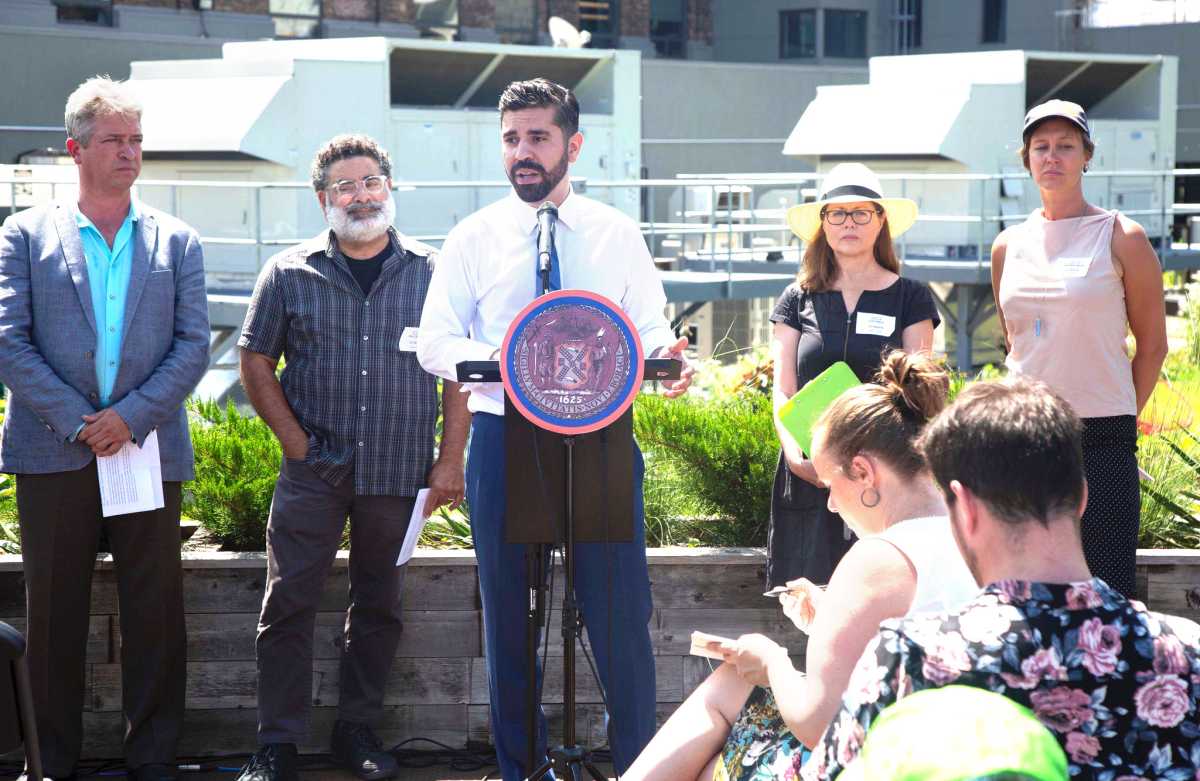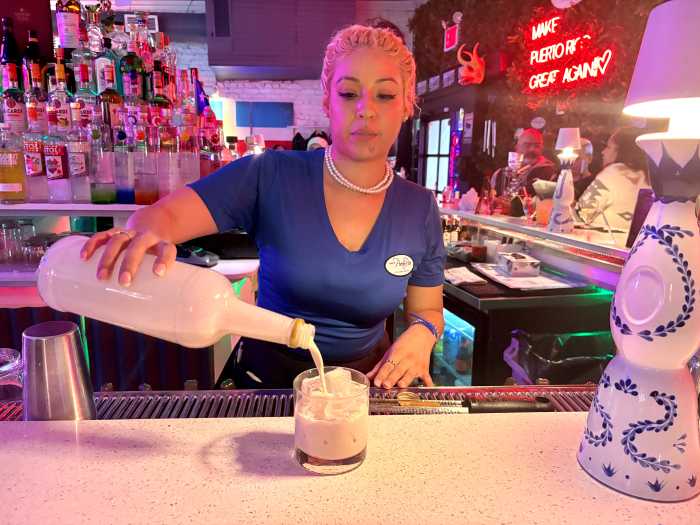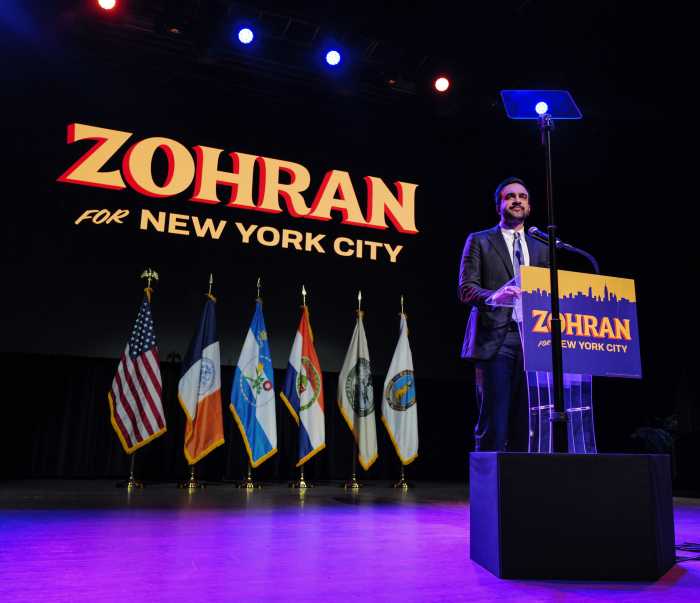New York City may soon join other major cities such as San Francisco and Toronto in requiring green roofs on new buildings after legislation introduced in the City Council Wednesday.

City Council Member Rafael Espinal Jr. (D-Bushwick, East New York) is starting the ball rolling with the introduction of legislation requiring that new commercial developments cover all available roof space with a green roof system, solar panels, and small wind turbines, or a combination of all three.
The measure would also require the Office of Alternative Energy to provide information about green roofs on their website.
City Council Member Donovan Richards (D-Queens) is sponsoring related legislation that would extend the green roof requirement to new residential buildings, or older residential buildings undergoing major roof renovations.

Meanwhile, City Council Member Stephen Levin (D-Northern Brooklyn, Boerum Hill) has legislation in the works requiring that city-owned buildings be partially covered in green or blue roof systems.
“It’s important that now more than ever, when we have a federal government that is rolling back all of these environmental policies, that cities like New York are being aggressive and pushing back by introducing legislation that’s going to ensure that our city is greener and playing a major role in the fight against climate change,” said Espinal, adding that current programs to incentivize green roofs are inadequate because not enough developers know about them, and because of the strict requirements for recipients of the city’s Green Infrastructure grants.
“One of the requirements is that they have a 20 year lien put on their building, meaning you can’t do anything without the city’s permission,” Espinal said. “I don’t think any developer feels comfortable giving up that right to the city.”
The new legislation defines green roofs as being partially or completely covered with plants and a growing medium on top of a waterproof membrane. This type of rooftop can lower buildings’ energy costs, control stormwater runoff, improve air quality and increase the lifespan of roofs, according to Steven Peck, Founder and President of Green Roofs for Healthy Cities, a green roof advocacy group.
“Instead of the sun’s energy being used to heat up the roof, the building and the surrounding air, it is used to grow plants and evaporate water,” Peck said.
Peck said developers should support legislation requiring green roofs on new buildings.
“The Green Roof By-law in Toronto was not opposed by the development industry,” Peck said, referring to similar legislation passed in Toronto in 2009. “This is because green roofs contribute very little to the overall cost of a project, while making their buildings more valuable to developers and building owners,” Peck said.
Espinal said he plans to hold a public hearing on the bill, and to build support for the legislation by educating developers and his colleagues about the benefits of green roofs.
“At the end of the day it does help them with their energy costs,” Espinal said, referring to developers. “This isn’t the first time a version of this bill has been introduced. I’m hoping to bring a greater amount of awareness around the issue that it’s never had before in city hall.”
Referring to the passage of the legislation, Espinal said, “I don’t think that this should be an issue given that other cities have already taken this on and have already mandated developers to install greens roofs. So it’s time for New York City to step up and be part of that conversation.”










